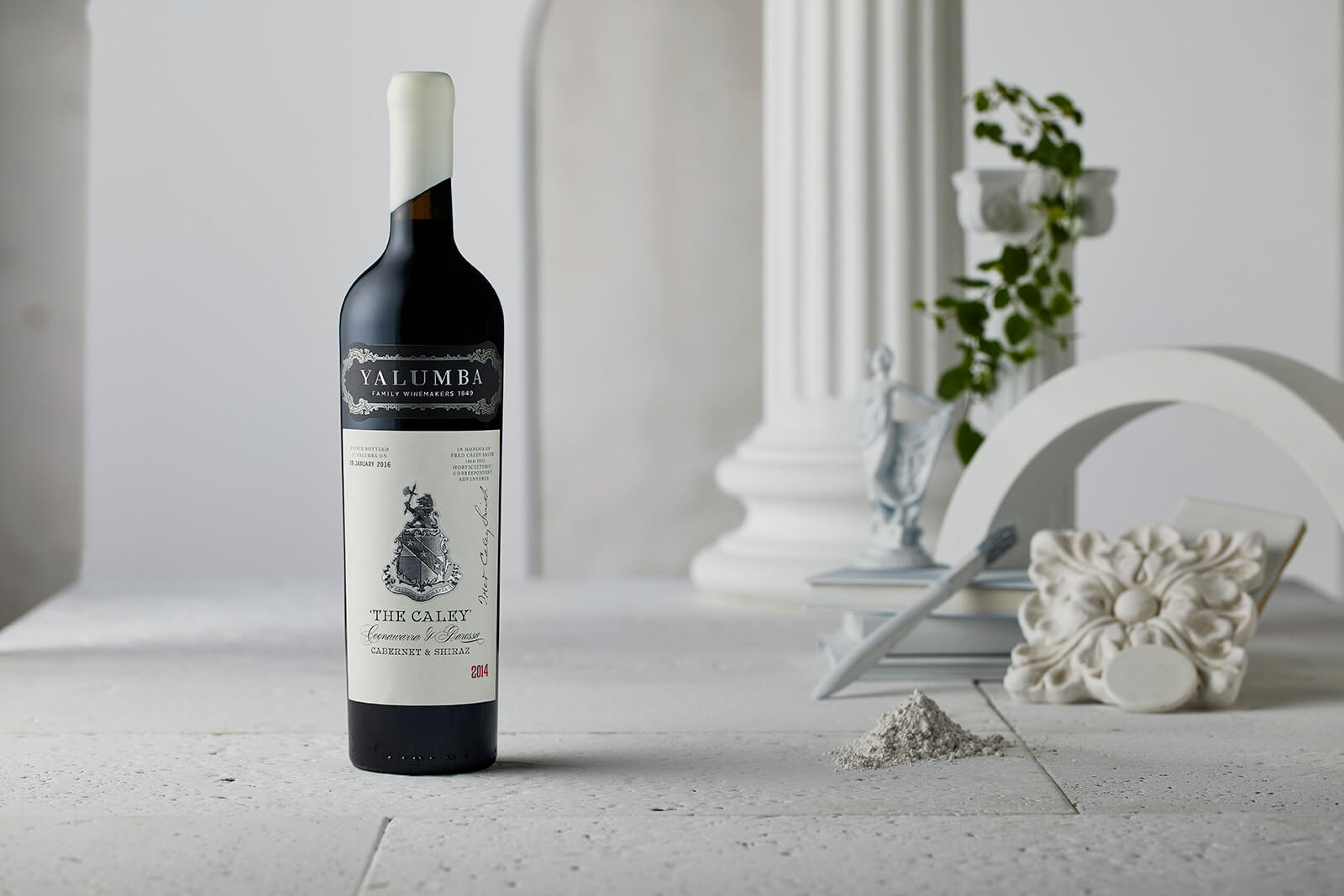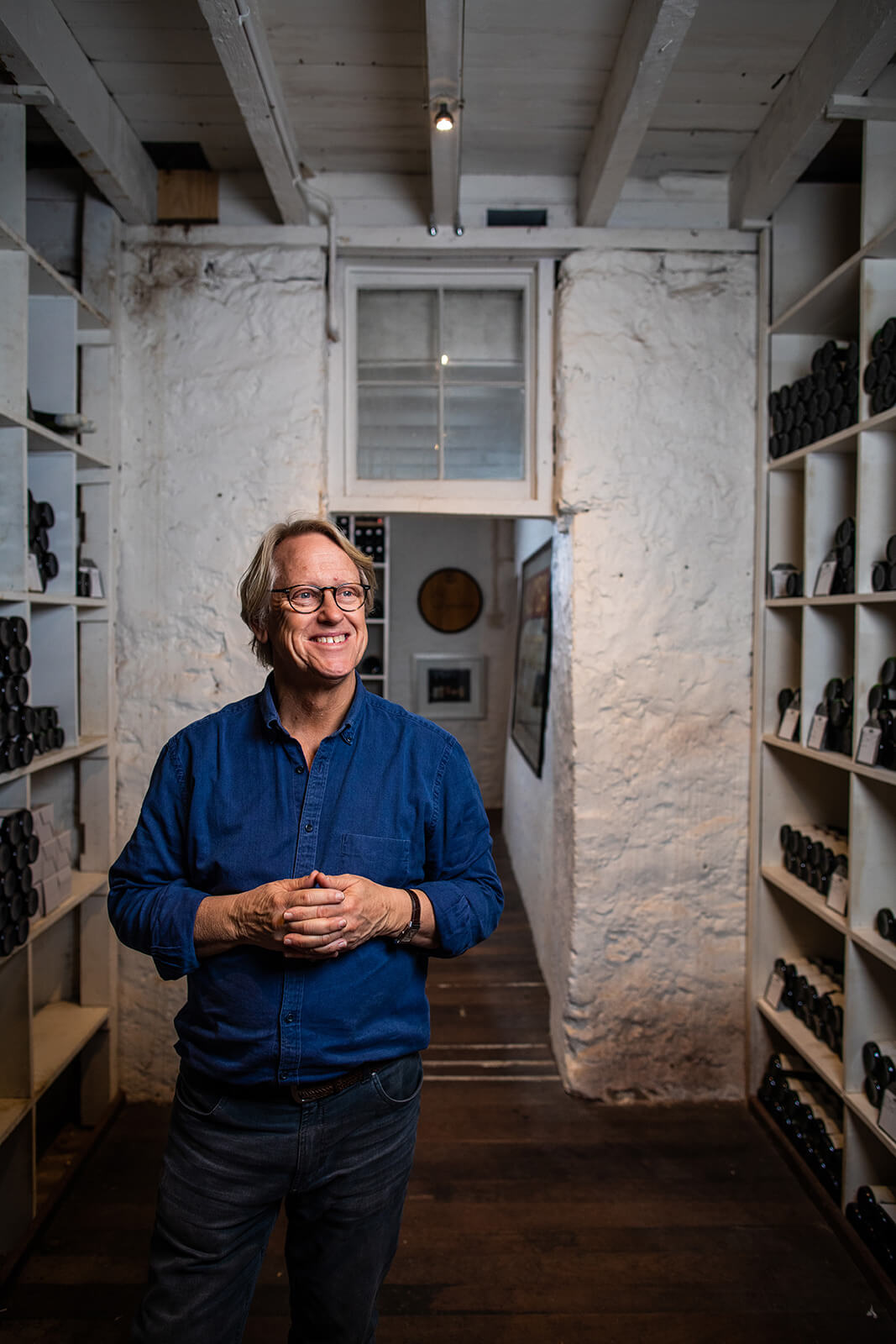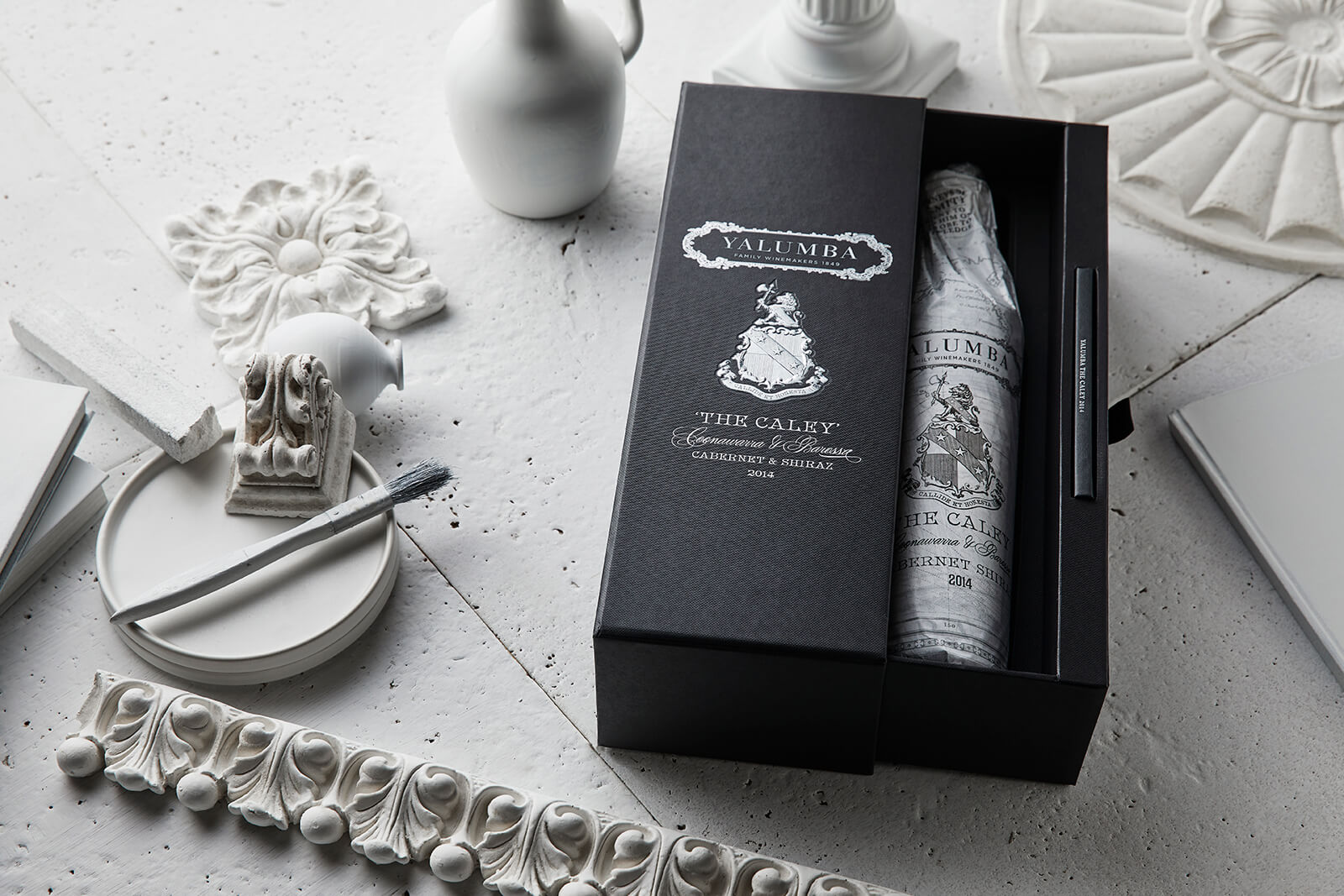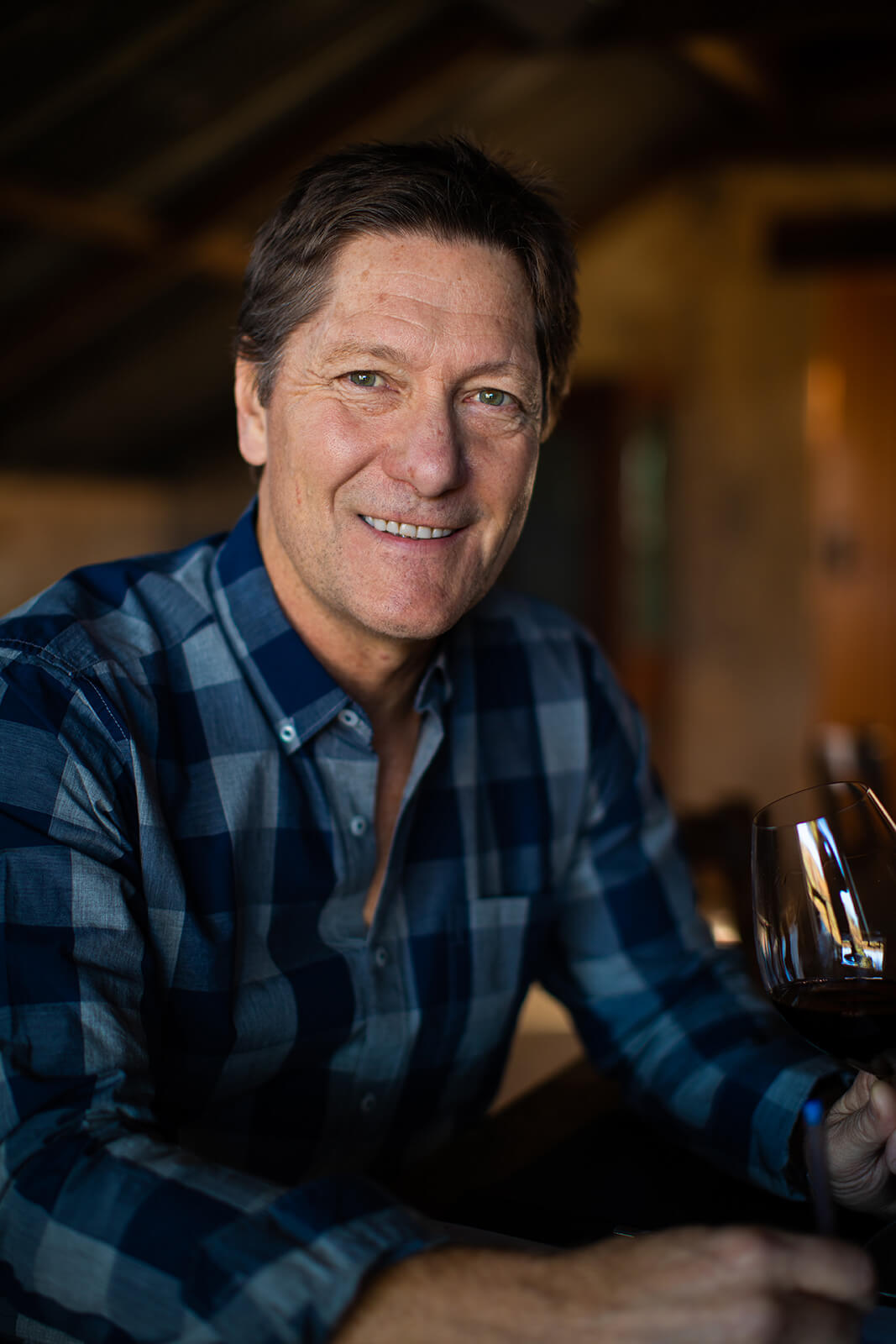Yalumba The Caley 2014: An Aussie Classic From The Barossa Valley
by Ken Gargett
It seems all too ironic that as the world goes into an unprecedented lockdown to deal with the coronavirus pandemic, we look at a wine, the Yalumba The Caley Cabernet Sauvignon Shiraz 2014 (AUD$365), which celebrates one of the most peripatetic members of the wine industry.
A man who left home and family to venture forth and seek adventure almost 130 years ago. We are speaking of Yalumba’s globetrotting Indiana Jones of a horticulturist, Fred Caley Smith (which does lead one to wonder why the wine was not dubbed “The Fred Smith” rather than “The Caley”).
Robert Hill-Smith is the current head of Yalumba, Australia’s oldest family wine business. Fred Caley Smith was his great uncle (Fred was the grandson of Samuel Smith, who founded the company in 1849, when he planted the first vines in Angaston in South Australia’s Barossa Valley).
Back in the 1890s, Yalumba was much more than wine, with an extensive fruit-growing/preserving/exporting business. Fred was working with the family company as a horticulturist.
In March 1893, still in his twenties, Fred set off to visit the company’s agents and customers around the world. It was a trip that would take the best part of two years. In those days, this was a very big deal, and the state government of South Australia took the opportunity to appoint him an “Honorary Horticultural Commissioner.”
Fred also acted as the foreign correspondent for numerous southern hemisphere newspapers. In addition, Fred wrote hundreds of letters home to his family, which were kept safe.
All of this has provided Yalumba with a treasure trove of information from that time, though not everything has been released by Yalumba – this was very much a less politically correct era, and the powers that be felt it better to provide some form of censorship. Jane Ferrari, Yalumba’s globetrotting ambassador, has been supervising the project.
Off went Fred on his epic journey – San Francisco, Chicago, Quebec, New York, London, Portugal, Spain, France, Italy, the Middle East, Ceylon (as it was called then), India, and home – bringing with him all manner of botanical treasures (biosecurity would have a fit in those days).
Included in his visits was time spent at the 1893 Chicago World’s Fair, considered to be one of the most culturally significant events of the time and one that obviously made a great impact on Fred.
Yalumba was able to learn a great deal about itself, and the industry in general, at that time from Fred’s work. A small example is when Fred wrote of sitting in northern India enjoying “the Yalumba claret.” Until this revelation, Yalumba had no record that it was even exporting to India in those days.
The Caley, a flagship Yalumba
The Caley has now become Yalumba’s flagship, although others may argue for wines such as The Octavius and The Reserve. The Caley is the quintessential Aussie wine – a Cabernet Shiraz blend that draws fruit from both Coonawarra and the Barossa. Those less familiar with Australian wines may find the concept of a Cabernet Shiraz blend somewhat anomalous, but it has long been accepted in this country as an ideal blend.
In truth, it was a blend born out of necessity. When early winemakers were keen to replicate the European styles they had seen, naturally they looked to the same varieties. The problem for something like the Bordeaux blend was that not only was there not much Cabernet Sauvignon available, there were negligible quantities of the grapes usually blended with it.
Had there been more significant quantities of Cabernet available, Grange would not exist, at least not in the form we know it – Max Schubert was keen to replicate the great wines of Bordeaux but had to use Shiraz instead of Cabernet as there simply was not enough Cabernet.
And Merlot was as prolific as unicorns in those days. Hence, Grange became a Shiraz-based wine with a small percentage of Cabernet added most years.
For me, a wine like The Caley surrenders the concept of terroir – seriously, how can you claim a wine exhibits terroir when it is made from vineyards 400 kilometers apart? – but in exchange simply looks more to be a wine of exceptional quality.
And let’s be honest – it is only a few of us wine geeks who get all precious about concepts such as terroir. Most people far prefer to focus on whether or not the wine is any good!

Yalumba’s The Caley 2014
The first The Caley released was the 2012, with around 500 cases produced (and a small number of larger format bottles), with the intention that it be an annual release, provided vintage conditions were satisfactory.

Robert Hill-Smith, fifth-generation owner of Yalumba wines
Yalumba’s fifth-generation owner, Robert Hill-Smith, who had enjoyed plenty of fine Cabernet-Shiraz blends, from his vineyards and others, felt that, “given our long history in the making of this quirky blend of Cabernet and Shiraz, a Coonawarra-Barossa blend may yet become our ultimate achievement.” Anyone who has ever tried the Penfolds Bin 60A from 1962, a Coonawarra Barossa Cabernet Shiraz blend, often described as the greatest wine ever made in Australia, would probably agree.
Australia’s extensive show system might just agree too, with this wine winning The Great Australian Red competition in consecutive years.
The 2012 The Caley was sourced from the famous Menzies Estate. This vineyard was named after Australia’s longest serving prime minister, Sir Robert Menzies, who famously announced at a dinner, holding up his glass, that the wine in it was “the best red wine” he’d ever tasted (that wine was the Yalumba 1961 Galway Vintage Reserve Special Claret).
The blend was 52 percent Coonawarra Cabernet, 27 percent Barossa Cabernet, and 21 percent Barossa Shiraz. It was a beautifully balanced wine of great intensity, one that dances across the palate. An alluring meld of spices with the dark fruits, cassis, mint, and black olive notes one might associate with the Cabernet component.
There are notes of tobacco leaf, leather, clove, and blackcurrant. A wine of line and length, serious length, with a supple texture and very fine, silky tannins. The oak integrated immaculately, even in its early stages, this was a wine screaming promise for the future. For me, 97.
Yalumba The Caley 2014: tasting notes
Yalumba has now released the third The Caley, the 2014 (I did not see the 2013, so can’t comment on it), a wine that continues the early tradition for quality.

Yalumba The Caley 2014
This time, the Ming D Block (Ming was Menzies’ nickname) from the Menzies Estate in Coonawarra has provided 82 percent of the wine, the Cabernet component. It is a 2.7-hectare block planted in 1992. This particular block has a higher clay content than the rest of the estate.
The harvest was at a time more familiar to the old timers, following a decade of early vintages. A wet winter, with a dry and warm summer, ensured excellent conditions.
The remaining 18 percent, the Shiraz, came from two blocks in the Barossa. Fifteen percent from the Crown Village Old Shiraz vineyard, planted in 1974, with the remainder from the Horseshoe Block located in Eden Valley planted in 1971. The 2014 harvest in the Barossa provided moderate crops of excellent quality.

Kevin Glastonbury, chief winemaker at Yalumba
Winemaker Kevin Glastonbury decided that the parcels should be fermented separately, in open fermenters with indigenous yeasts kicking things off, followed by the addition of some cultured yeasts. The resulting wine spent 20 months in French barriques – 40 percent new and the rest one year and older. The wine was bottled on January 16, 2016.
It is under a wax-covered cork, which I find a little disappointing as Yalumba was a pioneer in the move to screwcaps, so such a backward step is curious (and no doubt taken to satisfy the offshore market in premium reds).
My impression of this wine is that at the moment it appears to be an even younger wine than the 2012 at the equivalent time. It is definitely a wine that will give so much more if given a lengthy spell in the cellar.
Opening with black olive notes and cloves, it is powerful but balanced, concentrated but refined. Underlying acidity gives a youthful sappiness. It has great length and it maintains intensity throughout that length.
This is black fruits, full of black cherries and cassis notes with some chocolate on the finish. Plenty of grip, very fine tannins. A hint of austerity. Certainly some oak but well integrated.
For me, on first tasting, this was a comfortable 95 with great potential. Twenty-four hours later, the wine had lost that austerity and blossomed gloriously. Florals and those black cherries dominated. 97. And still room to improve.
An Aussie classic and one to make any self-imposed isolation much more bearable.
For more information please visit www.yalumba.com.
You may also enjoy:
Penfolds G3: Making Grange, Already One Of The World’s Greatest Wines, Even Better



Leave a Reply
Want to join the discussion?Feel free to contribute!